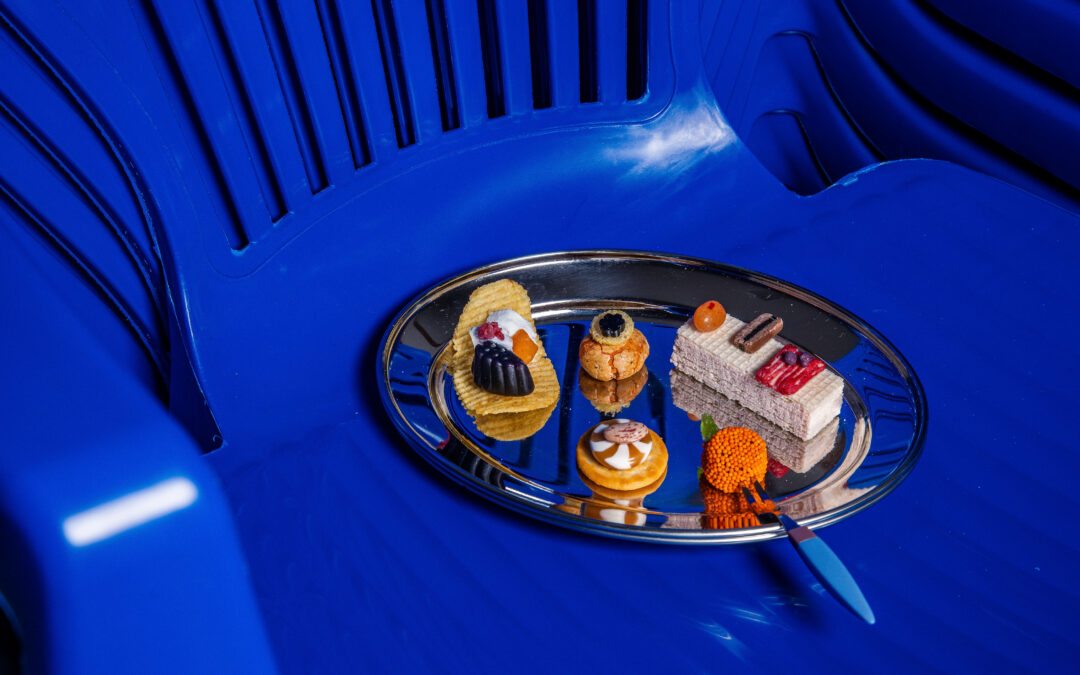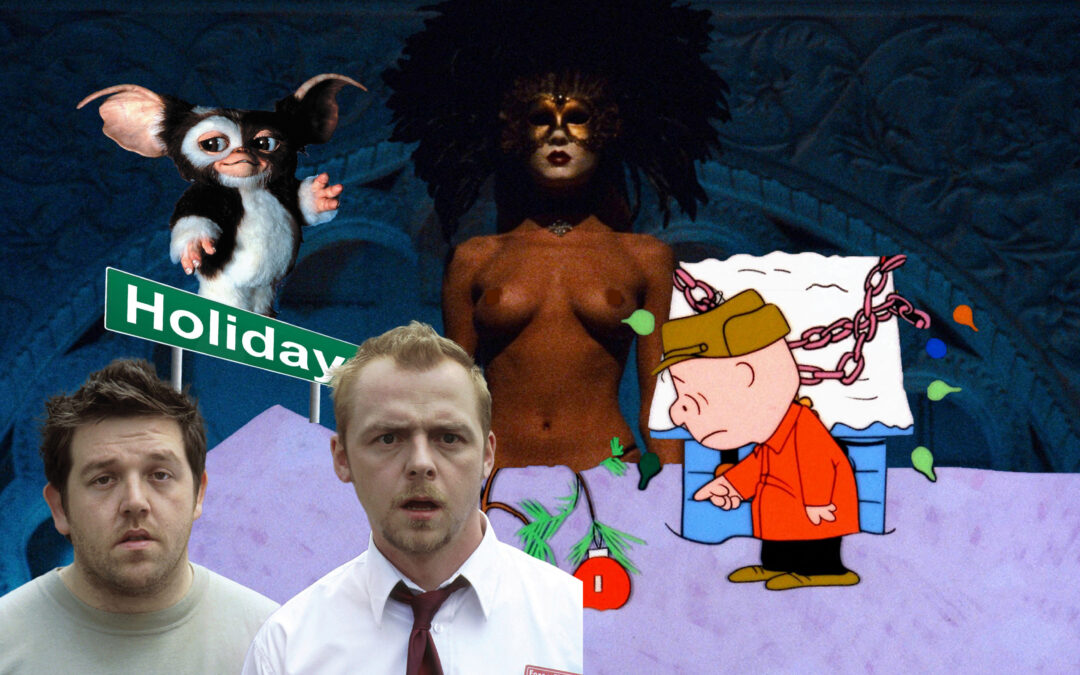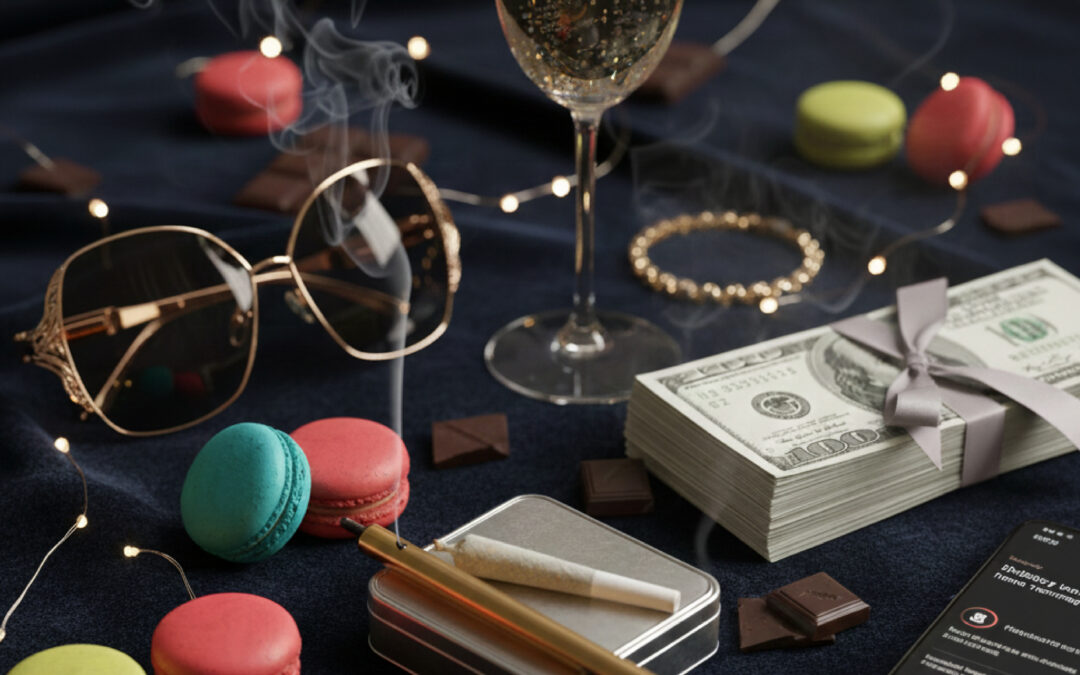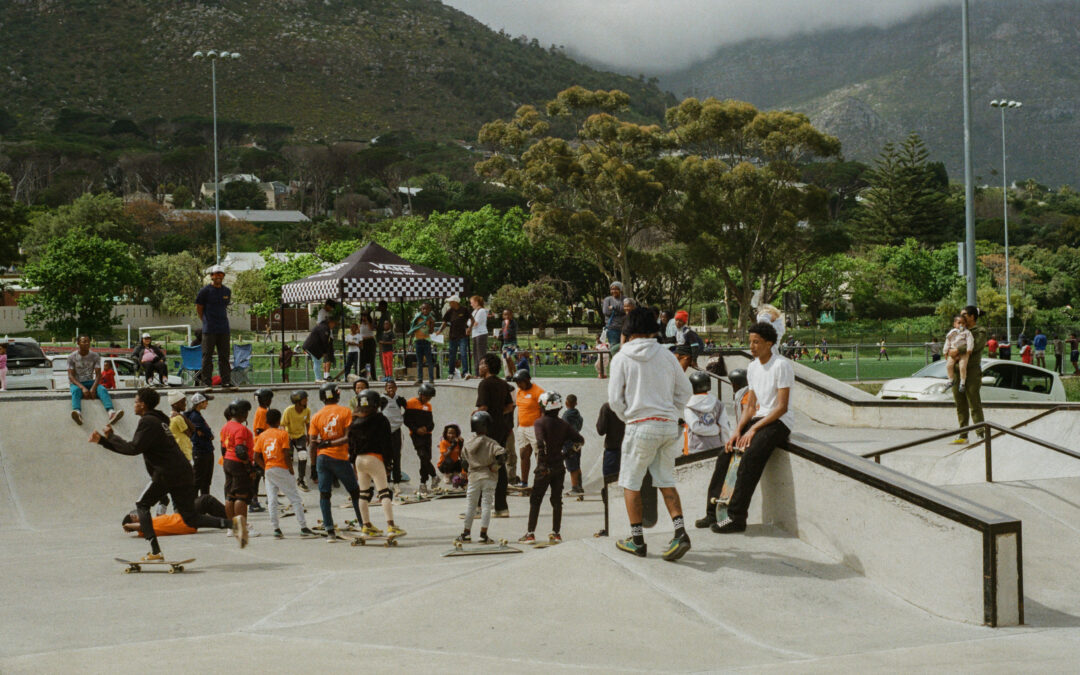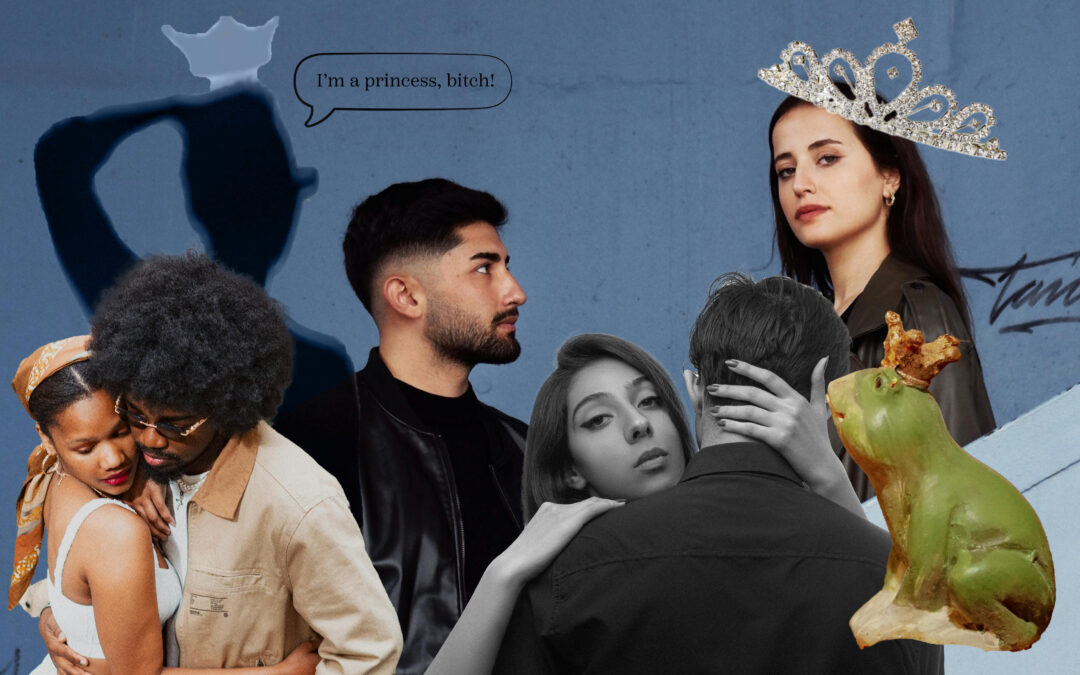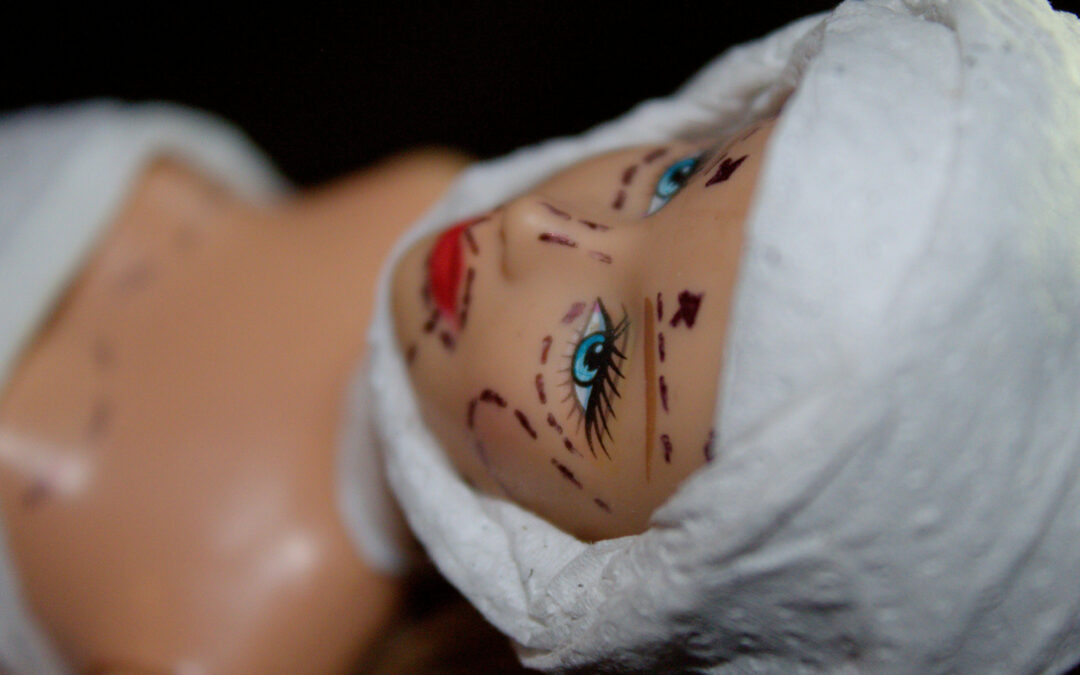The rise of artificial intelligence (AI) and machine learning has been nothing short of a revolution. From self-driving cars to virtual personal assistants, the capabilities of AI models have been expanding rapidly in recent years. But perhaps one of the most visible impacts of AI has been in the realm of social media, where viral videos and images showcasing the capabilities of AI models have become a regular occurrence. Need a new cover letter? Well, there’s an AI model for that. Need a section of code written but just don’t have the time? Well, there’s a model for that. Need some 3D design elements? There’s a model for that. And it’s not just administrative work being generated and regenerated on some inconceivable scale. There’s a whole world of AI-generated art and music, even eerily convincing deepfake videos. It’s safe to say that the things that AI models can do have become increasingly impressive, if not somewhat concerning. Social media platforms, particularly TikTok and Instagram, have played a crucial role in making these AI-generated creations more accessible to a wider audience. It takes a quick glance at some of the view counts to see just how popular this kind of content is and that it’s likely to grow in popularity. It’s a trend that has captured the public’s imagination which has, in turn, sparked a practically inescapable conversation around AI, ethics and what it truly means to create.
What if I told you that the introduction you just read was predominantly AI-generated? Well, that’s correct; and all it took was the simplest of prompts and the click of a button. With practice, and a greater understanding of how to use prompts properly, this means that I may be able to get the model to write a paragraph in a style that so closely resembles my own – that the result would be practically indiscernible from the rest of my portfolio. Admittedly the introduction to this piece is a bit bland and soulless; still, you have to admit that it kind of reads like the intro to one of those criminally formulaic clickbaity articles that get shat out on a regular basis by some news conglomerate desperately trying to stay relevant. In fact, the content excreted by the cold claws of viral AI text model ChatGPT at least doesn’t contain regular spelling errors, so I guess there’s that?


Photos: Elmo Mistiaen /// AI Generated
Here’s the thing: the sheer speed at which these AI models are improving, and the scope of tasks they are now able to complete is frankly as astounding as it is frightening. It doesn’t feel like all that long ago that talking to a chatbot felt so unbelievably obvious and immensely infuriating, which makes the serviceable intro of this article all the more mind-boggling.
AI and its application to the arts but the impact it has on our society’s very structures and conventions, is a fiercely debated topic. Some herald AI models as the great next technological frontier, the most logical manner in which humanity can advance forward. In contrast, others predict that this is the beginning of the end or that it may already be too late. Here on this ethically grey spectrum, particularly when it comes to the arts, I fall somewhere in the middle.
I can see how it could benefit creatives, particularly as they navigate an industry that is often underfunded and gatekept. As my AI overlord programmed in Silicon Valley assures me, “Another benefit of AI in the arts is that it can make the creative process more efficient and cost-effective. For example, AI-powered tools can help artists and designers to quickly generate new designs, layouts or even entire films without the need for expensive equipment or human labour. This can be especially useful for independent artists and small production companies that lack the resources of larger studios. Furthermore, AI can be a great help in automating some of the repetitive and time-consuming tasks of the creative process, such as colour correction, animation, and sound design.”
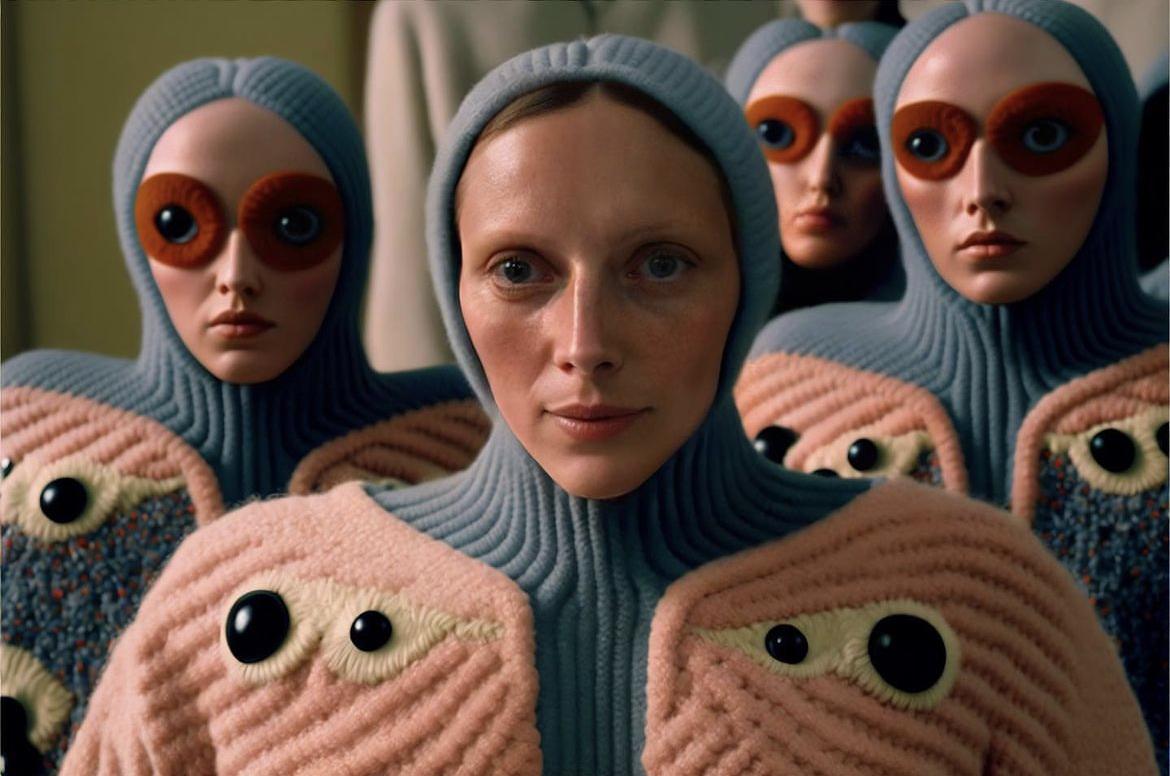

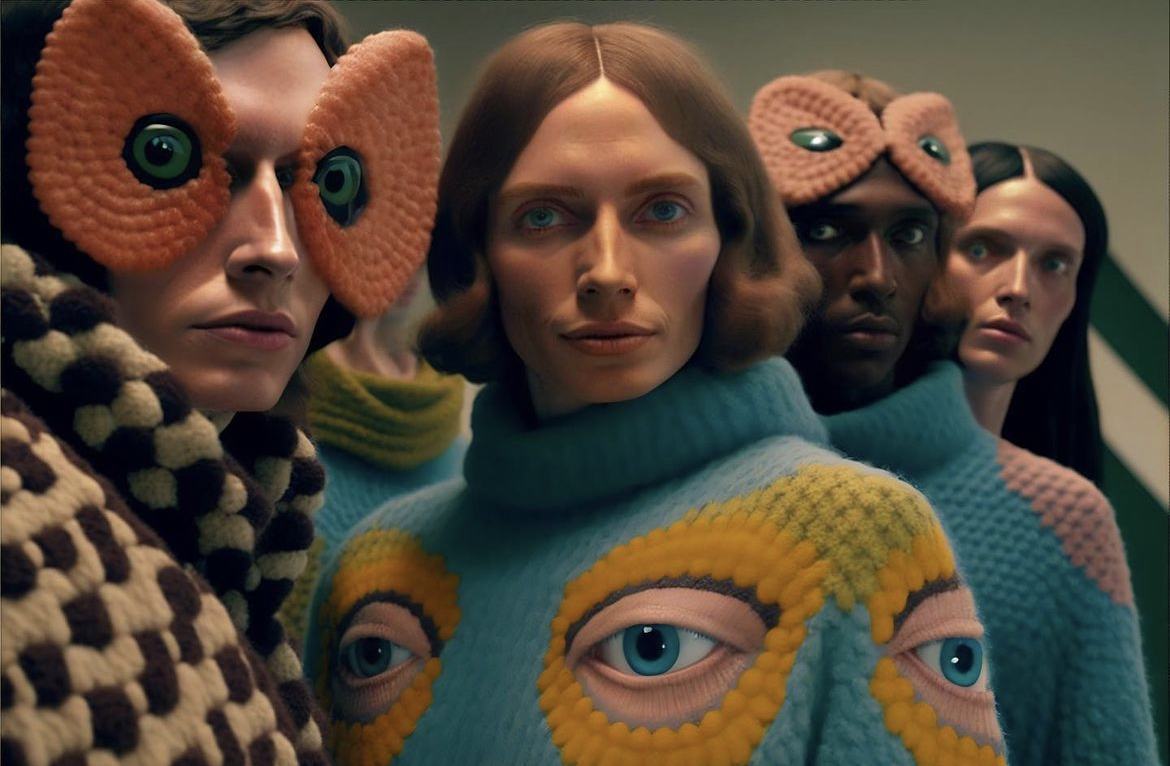
Photos: Elmo Mistiaen /// AI Generated
Ok, I know that I just quoted a chatbot, but there is a lot of truth to what is being said there but, and it’s a massive but, the reception towards AI and its place in the arts has widely been met with criticism and for good reason. Simply put, the manner in which these AI bots are fed information is well unethical at best. As you may have recently seen, many artists publicly came out with statements about their work being fed to AI models in order to train them without their knowledge or consent. You may think that some of these smaller, independent artists are overreacting, but when you take into consideration that Stable Diffusion, an open-source text-to-image model made use of 5.8 billion images, yes, billion images, you may want to go and see if any of your photos or artworks got nabbed. The problem was so bad that artist collective Spawning created a tool called Have I Been Trained to see if your work has been used and to make opting out far easier.
Now, there is no way that I can settle this debate within the confines of a single article. This would need some Slavoj Žižek level of internal and external investigation and philosophising, and we may still disagree at the end of it. However, it is inherently linked to the ever-evolving, burgeoning, profoundly philosophical question of what it means to be human and what it means to be machine. We may look at artworks like Can’t Help Myself as an example of where this line is already becoming increasingly blurred. We are humans with increasingly complex relationships with our machine extensions. Let me phrase it like this. Do I fear AI? No (maybe stupidly so). Do I think we need to prepare in some way, shape, or form? Most certainly. Here I don’t mean some Skynet, Schwarzenegger Terminator type of reality – but rather to look at some of the problems we have already encountered. It’s evident that the legalities surrounding these programs and what they are and aren’t allowed to be fed should be a priority. Also, as many of you may have also seen, it seems far too easy to bypass the supposed safety features and get ChatGBT to give you some really unethical information that we shouldn’t necessarily be privy to.


Photo1: Koooooos & Midjourney /// Prince Harry as a mouse during a party at Buckingham Palace
Photo2: Koooooos & Midjourney /// Trying to copy another famous artist using Midjourney to see how this all works. Penguins in Northface puffer jackets.
In conclusion, models like these pose a major, and I mean major, threat to legitimacy. As the amount of content being generated by AI continues to grow and the quality of this content becomes more and more indistinguishable, what stops students from simply AI-generating essays? Journalists and novelists not using their given talents and generating a potential best seller in a matter of minutes. Will we find the next Basquiat, or will the most famous artworks of the future simply be attributed to some Silicon Valley tech corp and their undeniably impressive AI model?
Let me leave you with this as food for thought; I ran the intro of this article through a detection model that is supposed to recognise AI-generated content. The model was convinced a human had carefully considered every word, bringing that paragraph into being. I also ran the intro to an article I wrote last year through the same test, and it deemed it to be AI-generated. It seems I’m more of a machine than man.
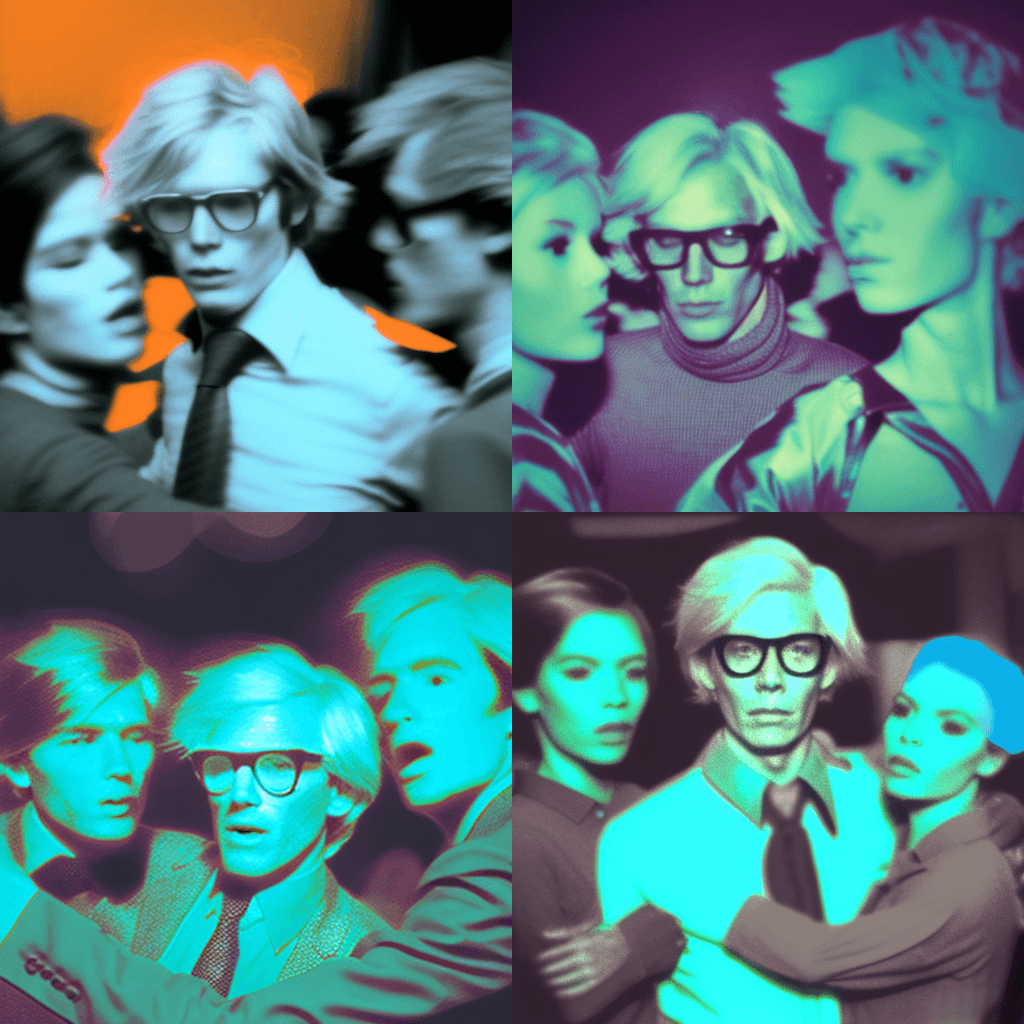
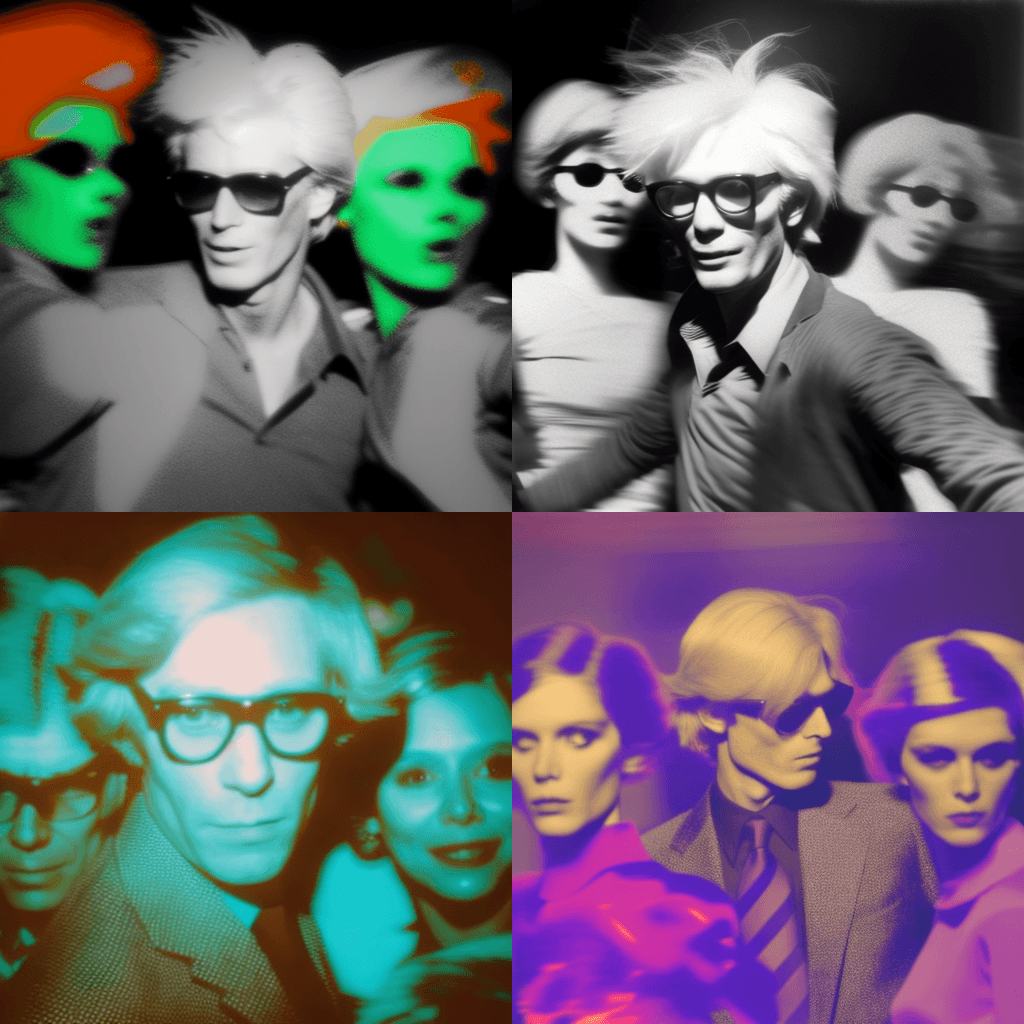
Photos: Koooooos & Midjourney /// Andy Warhol dancing with factory workers. Desaturated and soft focus.
Published: 25 January 2023
Written by: Casey Delport
For more news, visit the Connect Everything Collective homepage www.ceconline.co.za


